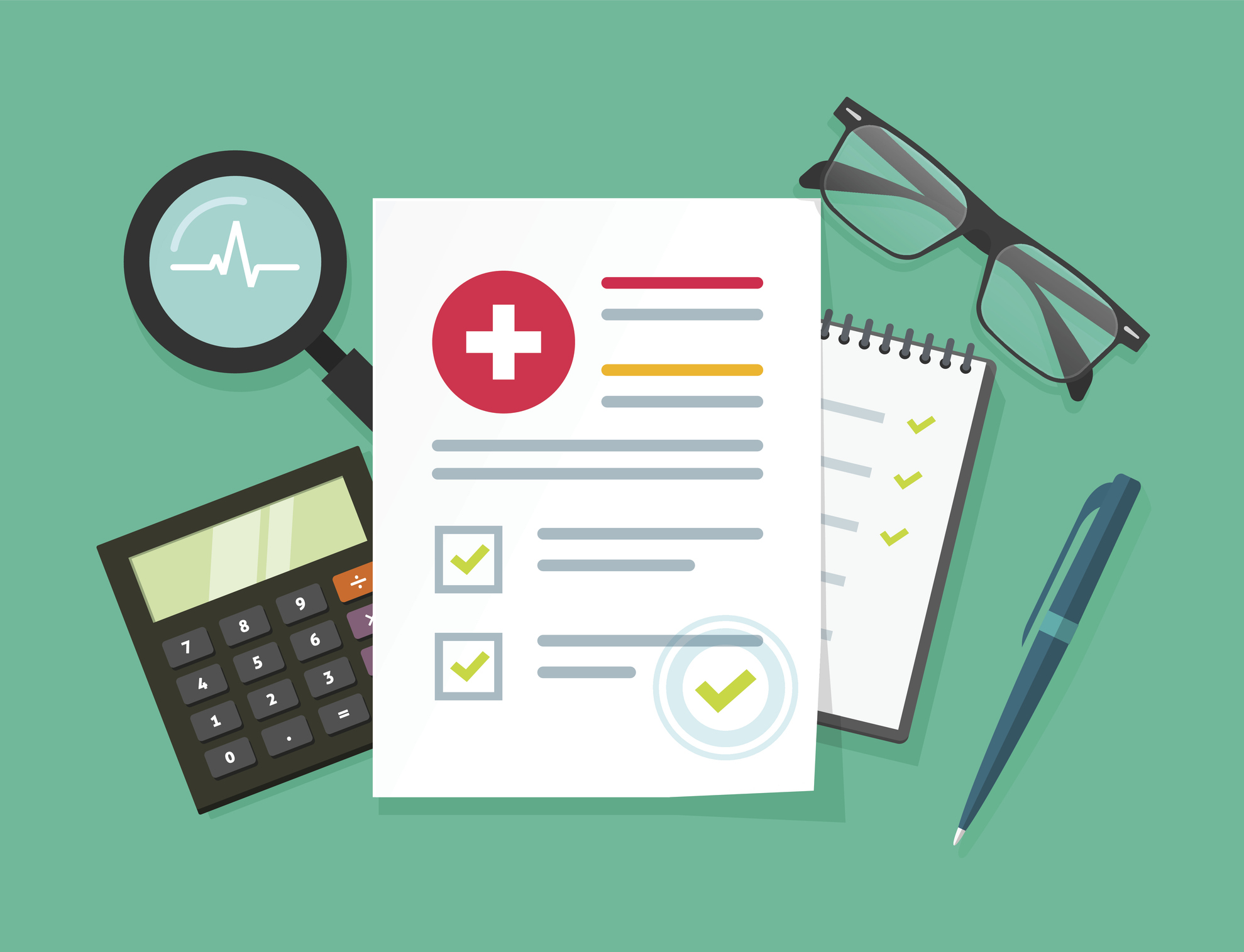What Does My Underwriter Want from Me?
The underwriter is the deciding factor when risk managers buy insurance, so it behooves risk managers to do everything they can to get underwriters to look favorably at their risk. Understanding an underwriter’s thought process can offer background to help develop the best submission possible.
May 3, 2025

Risks are becoming more complex, and with insurers seeking more sustainable accounts, the quality of an organization’s submission can significantly influence whether an underwriter pursues offering a quote, as well as the coverage terms and pricing offered. Insureds and brokers have moved beyond transactional data and expect more meaningful context in submissions.
“An underwriter’s job is to understand a company’s business and then develop an insurance program with pricing and terms that the company will want to buy, and that will also be profitable to the insurer,” said Abbie Berg, Senior Regional Underwriting Manager at Safety National. “That is why context is so important in an organization’s submission. It goes beyond just numbers, though — we want to see how the organization operates, manages risks, and the proactive steps they are taking following a loss.”
Does your original submission contain enough information for the underwriter to make an informed decision? These tips may help in achieving more favorable terms:
1. Provide a narrative of your operations.
Like a compelling story, the right operational narrative can help build trust and context for an underwriter. Including details like your company’s structure, services, history, and strategic direction can enhance the transparency of your submission. Your company’s website should also match your submission. Underwriters may research your site to validate your story, and a poorly maintained site may raise concerns for a carrier. Ensure your website is up-to-date and accurately represents your operations while including details like your company’s culture, values, and commitment to safety. Including visuals and charts may also help provide clarity for an underwriter and illustrate your organizational structure.
2. Use Excel for exposures and loss runs.
Advanced analytics are becoming a key part of the insurance industry, but Excel remains a widely used and acceptable format for presenting exposure data and loss runs. Your spreadsheets should be clean and labeled with separations for policy years, entities, and exposure types. If your organization’s exposures have grown or shifted, remember to highlight those changes, which may include new service lines or additional regions of operations. Include explanations for these changes through data notes or commentary.
3. Supply audited historical exposures that match your loss information.
Consistency between your historical exposure data and loss information builds credibility and avoids delays in the underwriting process. Underwriters look at rates and trends, not just raw data, so without corresponding historical information, the loss information is meaningless. Historical exposure data may include records such as payroll, sales, or fleet vehicles, which should align with your effective policy dates and legal entities.
4. Prepare a loss summary, especially if you have multiple carriers or entities.
Your submission should include total losses, claim counts, incurred expenses, and line of business consolidated into a comprehensive summary. The information should be summarized by year and must include the valuation date. When detailing claims information, include both closed and open claims and provide loss descriptions. Highlighting successful mitigation efforts or favorable legal rulings may also boost more favorable terms.
5. Arrange a summary of large losses, including umbrella, if applicable.
Transparency around significant claims losses shows maturity in your organization’s risk handling. These details might include the claims scenario, outcomes, and corrective actions. Including post-incident improvements, such as new hires, training protocols, or vendor changes, also displays a commitment to proactive risk management and may positively influence underwriting decisions.
6. Highlight safety program information.
A strong safety culture is a great indicator of risk mitigation. Providing comprehensive details about your company’s safety protocols, training programs, incident response plans, and any certifications or audits conducted may significantly enhance your underwriting profile. Incorporating the particular technologies used in your safety program, like predictive analytics and telematics, wearables, or other real-time monitoring systems, can further demonstrate your commitment to reducing risks.

























